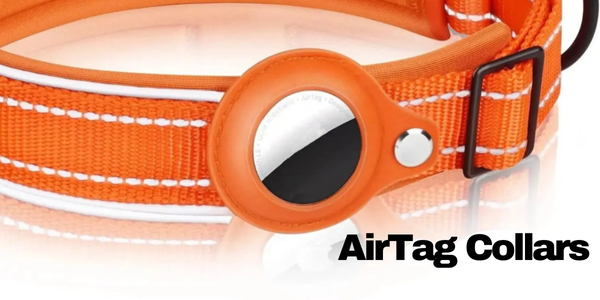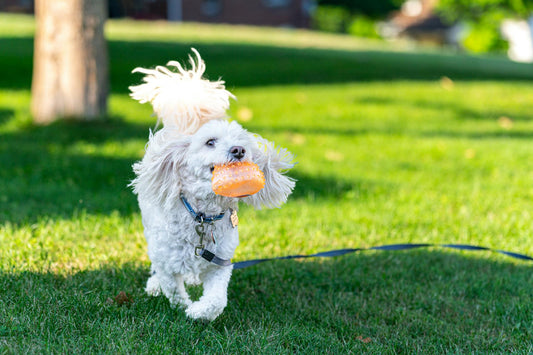Many owners ask the same thing. Are shock collars legal in the UK, and can I use one to stop unwanted behaviour? The short answer is not simple. Laws and guidance vary across the nations of the UK, and the debate is active. Below is a clear, behaviour-focused guide and humane alternatives you can use right away.
Legal status in the UK right now
Wales has long banned electric shock collars. The device is illegal there.
In England and Scotland, the situation has been evolving. In 2023, draft legislation was proposed to ban remote electric shock collars in England, and there was strong campaigning from welfare groups. Some official sources recorded steps toward a ban, while industry pages and other reports said no full UK-wide ban had yet been enacted. The result is mixed reporting and continuing political debate. If you need to be certain for a specific time or place, check current government guidance or local regulations.
Major veterinary and welfare bodies, including the British Veterinary Association, the Kennel Club, and the RSPCA, oppose shock collars and continue to call for bans. They recommend reward-based training methods instead.
Why Some Owners Consider Shock Collars
If you’re struggling with constant barking, pulling, or chasing, it’s natural to want a quick fix. For many owners, shock collars seem like the only option left after other methods haven’t worked.
The motivation isn’t cruelty — it’s frustration, exhaustion, and sometimes embarrassment. You love your dog; you just need help managing them. That’s understandable.
But here’s what often happens: punishment-based tools may stop the behaviour short-term, but they don’t teach what to do instead. Dogs learn through clarity and repetition — not pain. The goal isn’t obedience through fear; it’s calm, consistent communication.
The Humane Alternative: Beep & Vibration Bark Collars
Modern training collars have evolved a long way from the old “shock” models.
Many UK owners now choose bark collars with sound and vibration instead of electric stimulation.
These collars work by detecting barking through vibration or sound and delivering a gentle cue — usually a soft beep or mild vibration.
It’s a signal, not a shock. The dog learns: bark → gentle reminder → stop → praise.
Why they work:
-
They interrupt barking without pain or panic.
-
The feedback is predictable, which builds understanding.
-
When paired with praise or treats for calm behaviour, they create lasting results.
Beep and vibration collars are ideal for dogs that bark out of habit or attention-seeking rather than fear. Over time, they help the dog self-regulate and relax.
👉 Explore our Bark Collars with Beep & Vibration — gentle, effective tools for calm communication.
Training That Builds Confidence, Not Fear
Reward-based methods build trust and reliability. Instead of punishing a mistake, they reinforce the right choice.
Here’s a simple plan:
-
Interrupt gently — use a beep or vibration collar only when barking starts.
-
Reward quiet moments — timing is everything.
-
Keep sessions short and positive.
-
Never use punishment together with the collar.
Dogs thrive on clarity. A calm routine and consistent signals make learning natural — and prevent anxiety that often fuels problem behaviour in the first place.
Other Tools That Help
You can combine a humane bark collar with other helpful products and routines for better, longer-term results.
-
Enrichment toys: mental challenges reduce boredom barking.
-
Comfort plush toys: help anxious dogs feel secure when alone.
-
Interactive feeders: slow down hyperactivity and keep focus.
-
Supportive collars and harnesses: improve control on walks without pressure.
When a dog’s daily routine satisfies both body and mind, training becomes easier for everyone.
Quick Tips for Success
If you decide to try a bark collar, keep these points in mind:
-
Always choose vibration or sound models, never those using electric stimulation.
-
Start on the lowest setting — you’re aiming for attention, not surprise.
-
Fit comfortably, with two fingers’ space under the collar.
-
Limit use to short sessions, never all day.
-
Reinforce calm behaviour with praise and treats immediately after silence.
With consistency, most dogs respond within a week or two — barking less, relaxing more, and understanding what you expect.
The Bigger Picture: Calm, Consistent Living
The best behaviour change doesn’t come from punishment; it comes from understanding. Dogs want to please you — they just need clear, fair signals.
By choosing humane training tools, you build trust and keep your dog confident, not fearful. A beep & vibration bark collar helps guide behaviour without stress, making it easier for your dog to succeed.
Pair it with interactive toys, enrichment games, and a cozy dog bed, and you’ll have a calm, balanced routine that keeps tails wagging — even when challenges come up.















































